What does Courage mean for you?
Courage presents in two different ways.
One type of courage is courage when you don’t have a choice. You are forced by circumstances – e.g during the First World War soldiers on either side were sometimes asked to charge trenches of the other side with incalculable casualties. The individual soldiers were all incredibly courageous, especially having no control over fatal decisions that in many ways were consigning them to their death.
Another type of courage is one that presents moral and ethical dilemmas – this is courage where you have control over whether to be courageous or not and to be courageous may result in both positive outcomes and adverse outcomes for both yourself and others impacted by the outcome. This type of courage sometimes presents agonising choices of what is the right thing to do.
The Story of Czech Freedom fighters Jan Kubis and Jozek Gabcik was a story of courage with terrifying choices and impacts on those around them.
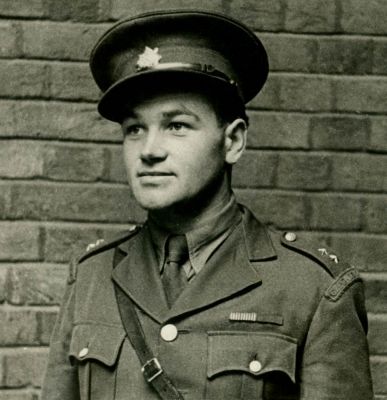
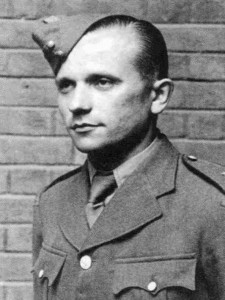
To understand the courage of Jan Kubis and Jozek Gabcik one has to know about Reinhardt ‘The Hangman’ Heydrich. Heydrich rose rapidly through the ranks of the Nazi hierarchy after Hitler was appointed Chancellor of Germany in 1933. Heydrich was Heinrich Himmler’s deputy and rose through the ranks to be the head of the SD and in charge of also of the German Police and Gestapo.
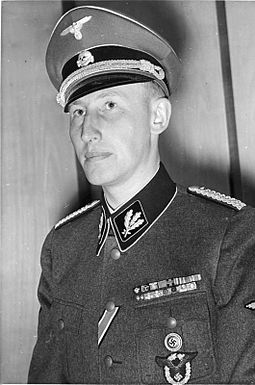
Heydrich ordered the arrest of thousands of Jews during Krystallnacht in 1938 and their imprisonment in concentration camps.
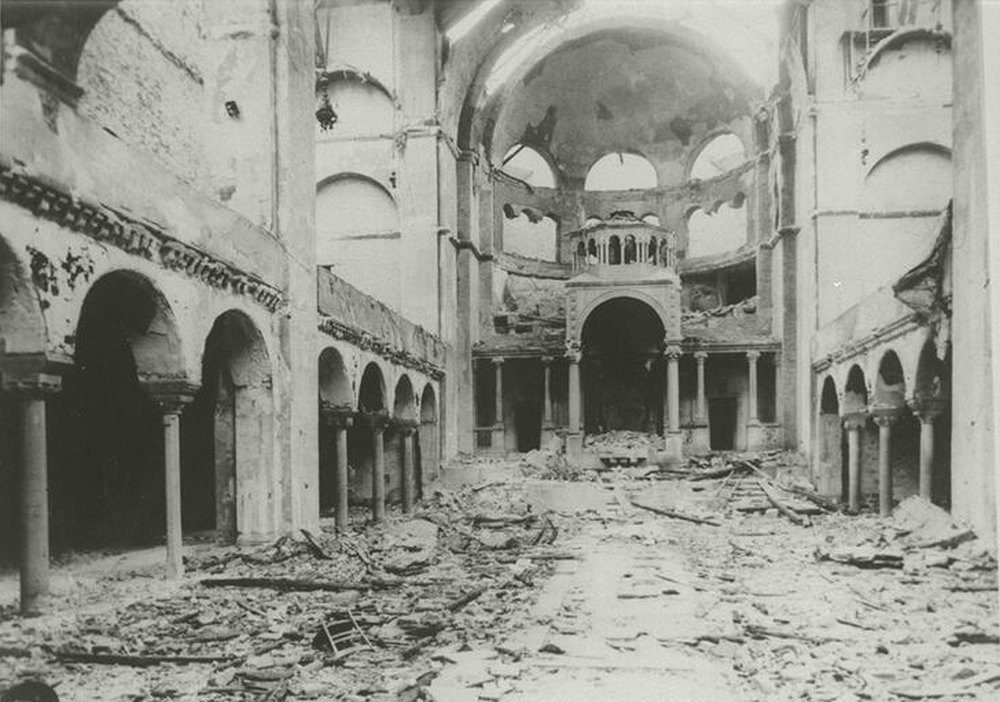
After the start of World War 2, Heydrich alongside Himmler commenced the deportation of Jews from Germany and Austria to ghettos in occupied Poland.
Heydrich organised the infamous Wannasee Conference in Jan 1942 that organised the logistics of the ‘final solution’, In September 1941 Heydrich had been appointed Reichsprotektor (governor) of Bohemia and Moravia ( modern-day Czech Republic).
Jan Kubis and Jozef Gabcik both served in the Czech army in various capacities before the war and then subsequently fled to Poland initially and was evacuated to Britain after the fall of France in 1940. In Britain, both Kubis and Gabcik were trained as paratroopers as part of
the Czech army in exile.
Both Kubis and Gabick were airdropped alongside other members of the Czech army in exile, in Prague in Dec 1941 as part of a plan to assassinate Heydrich. The freedom fighters meet with local Czech families who were part of the resistance.
There were a lot of discussions on the moral choices of attempting or not attempting an assassination of Heydrich as terrible retributions were expected from the Gestapo and SS on the local population. A strong thought process that dominated was the need to assassinate a senior aid of Hitler to send a message that the resistance in conquered Europe was not impotent in striking at the heart of the Nazi regime.
The assassination operation was code-named Operation Anthropoid.
At 10:30 on 27 May 1942, Heydrich started his daily commute from his home, to his headquarters at Prague Castle. Gabčík and Kubiš waited at the tram stop at the junction between the road.
Heydrich’s open-topped Mercedes reached the curve two minutes later. As it slowed down and rounded the corner, Gabčík, who concealed his Sten submachine gun under a raincoat, dropped the raincoat and raised the gun, and, at close range, tried to shoot Heydrich, but the gun jammed. As the car passed, Heydrich made an ultimately fatal error; instead of ordering his driver to accelerate, he stood up and drew his pistol, yelling at the driver to halt.
As the Mercedes braked in front of him, Kubiš, who was not spotted by Heydrich, threw a modified anti-tank grenade (concealed in a briefcase) at the car; he misjudged his throw. Instead of landing inside the Mercedes, it landed against the rear wheel. Nonetheless, the bomb severely wounded Heydrich when it detonated, its fragments ripping through the right rear fender and embedding fragmentation and fibers from the upholstery of the car into Heydrich, causing serious injuries to his left side.
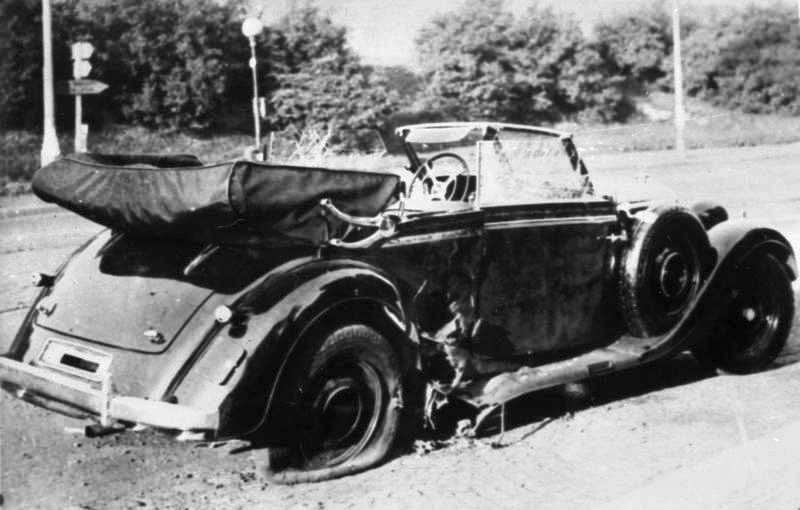
Heydrich was taken to hospital and succumbed to his injuries and died on 4th June 1942.
Post Heydrich’s death, the assailants initially hid with two Prague families and later took refuge in a church in Prague. The Germans were unable to locate the attackers until Karel Curda, who was the Judas in this instance, who turned himself into the Gestapo and gave them the names of Kubis and Gabcik local contacts for a bounty of one million Reichsmarks.
Waffen-SS troops laid siege to the church the following day but they were unable to take Kubis and Gabcik alive, despite the efforts of 750 SS soldiers. The Waffen SS repeatedly tried to gas and machine-gun their way into the church and ultimately Gabcik and other resistance fighters in the crypt of the church killed themselves after repeated attacks by the Waffen SS and Kubis was found unconscious and lost his life on the way to being transported to the local SS hospital.
Post Heydrich’s death the retribution started for his assassination. Late in the afternoon of 27 May, the SS proclaimed a state of emergency and placed a curfew in Prague. Anyone who helped the attackers was to be executed along with their families.
The village of Lidice bore the brunt of the reprisals of what has been coined as the Lidice massacre.
All 173 men of Lidice were murdered by the SS. More than 200 women from Lidice were sent to concentration camps where they were to be kept separate from other inmates, but this did not happen due to other concentration camp women inmates who did not allow this to happen.
A worse fate befell on the children of Lidice, more than 88 children were taken away and 6 to 7 were chosen for ‘Germinaisation’ by the SS and the majority of the rest were sent to the Chelmno extermination camp where these children were gassed to death. Only 17 children escaped this terrible fate.
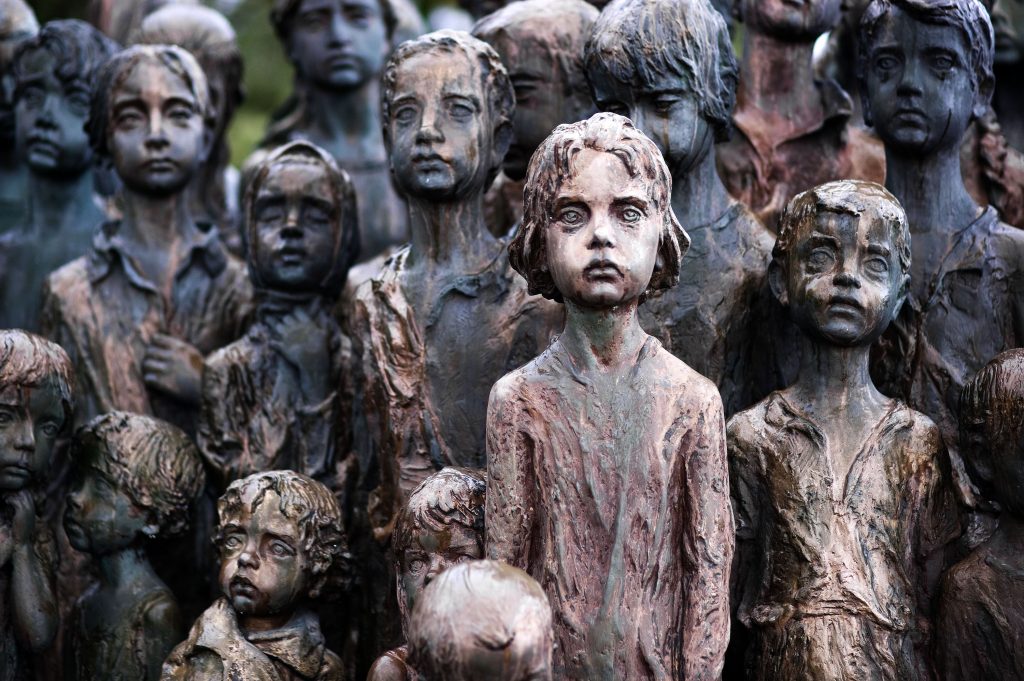
A haunting memorial in the form of a sculpture from the 1990s by Marie Uchytilova overlooks the site of old village of Lidice to honor the memory of the children who were murdered at Chelmno in the summer of 1942.
Lidice was set on fire, all the buildings were blown up, all the beasts of burden were killed and the graves in the village cemetery were even dug up and desecrated.
The Nazis announced the destruction of Lidice, unlike other massacres and concentration camps.
Once the news of Lidice was picked up by the Allies, many towns in various countries were renamed as Lidice.
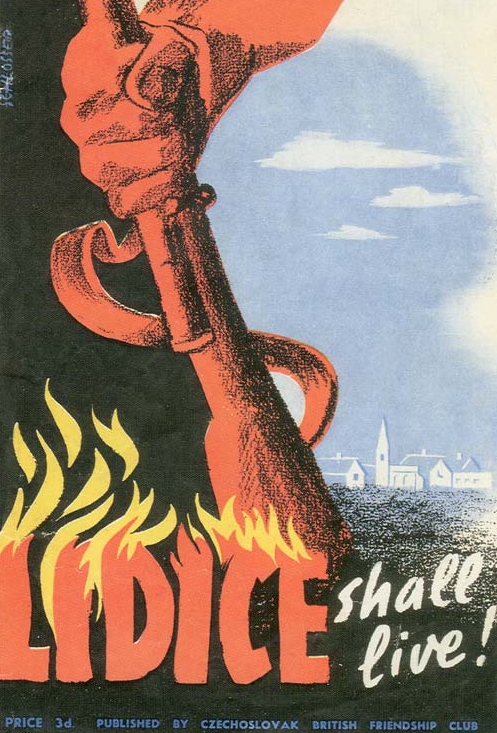
After WW2 the village of Lidice was rebuilt and a memorial was erected for the Children of Lidice.
Jan Kubis and Jozef Gabcik are a story of immense courage, with immense moral and ethical dilemmas.
Would they have carried out the assassination of Heydrich had they known the terrible revenge that would be exacted by the Nazis?
Such choices are never easy and courage to do things is not always a straightforward choice. May the day never come where any of us have to make such choices in making the right ethical choices.
